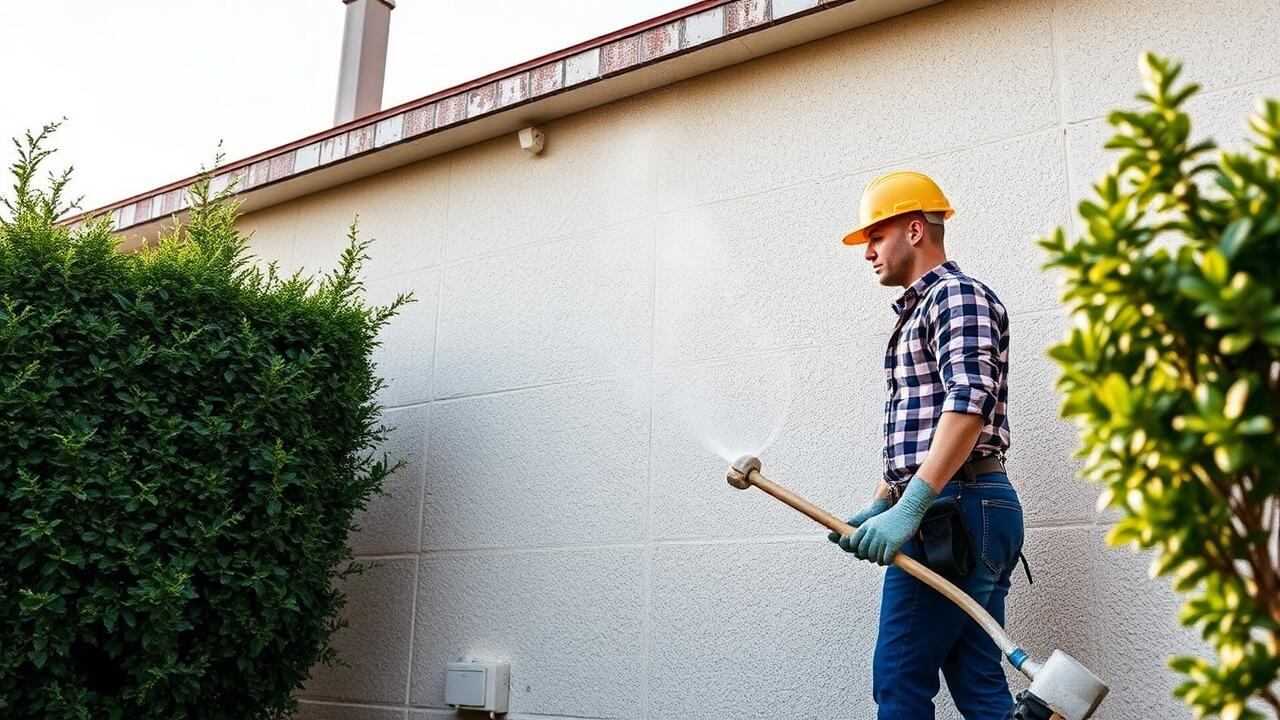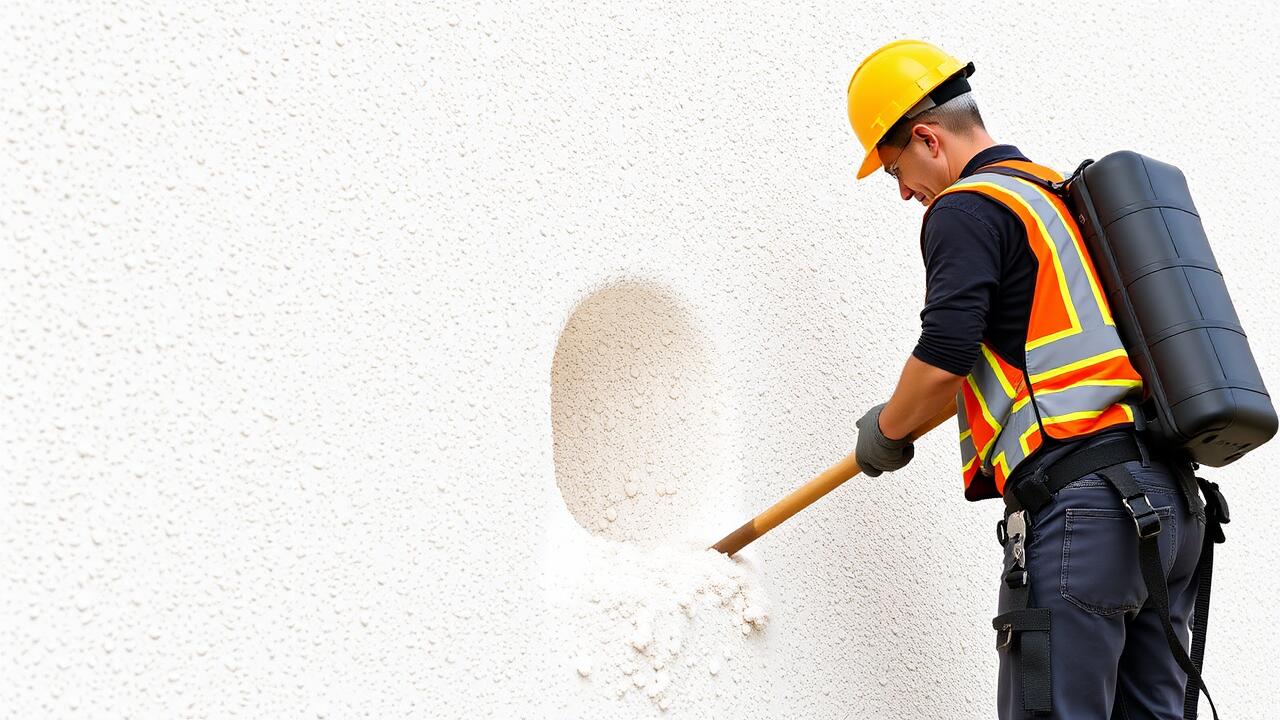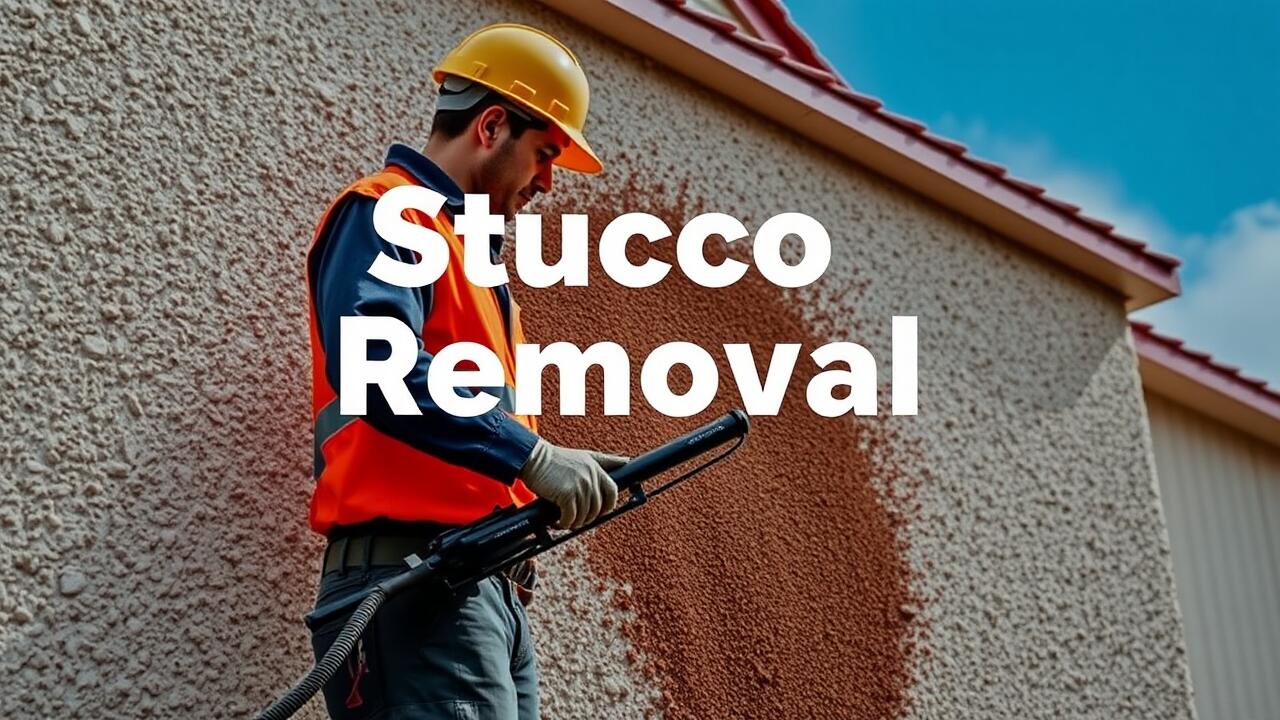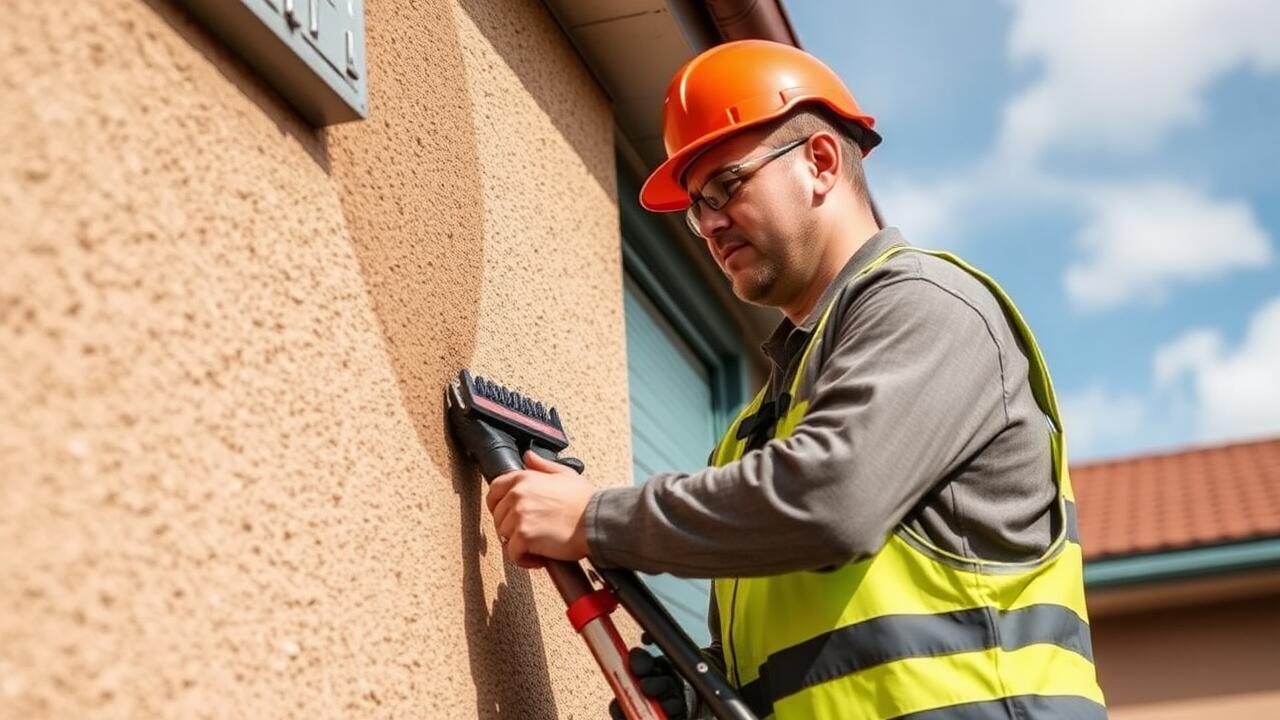
Assessing the Condition of the Stucco
Evaluating the condition of the stucco is essential before beginning any removal process. Inspect for signs of damage such as cracks, peeling, or mold growth. This assessment will help you determine the extent of repairs or removal needed. In areas like Koreatown, Los Angeles, where moisture levels can vary, understanding the overall integrity of the stucco is crucial for planning the removal effectively.
It's important to check how well the stucco adheres to the underlying material. Loose or deteriorating areas may indicate that water can aid in the removal process. Knowing the condition of your stucco can guide you in deciding whether a simple patching job will suffice or if a complete removal is the best course of action. A thorough assessment sets the foundation for a successful project.
Identifying Areas for Removal
When planning a stucco removal project, it's essential to carefully identify which areas will require attention. Look for signs of damage such as cracks, peeling, or discoloration. Inspect corners and joints, as these are often weak points where deterioration is most pronounced. In older homes, water damage may not be immediately visible, so a thorough examination can prevent further issues down the line. Being methodical in this assessment phase ensures that the removal process is efficient and tailored to specific needs.
In Koreatown, Los Angeles, stucco removal often targets specific sections to maintain the integrity of the structure. Homeowners may prioritize areas that are subjected to more moisture or direct sunlight, as these factors can accelerate wear. Consider also the aesthetic aspects of the home when identifying removal zones. This attention to visual harmony can lead to a more appealing final result, making it crucial to balance practical needs with design considerations.
Water Pressure and Its Impact
Water pressure plays a crucial role in the effectiveness of stucco removal. It influences how well water penetrates the stucco surface and loosens the bond between the material and the underlying structure. Various factors, such as the age and condition of the stucco, also affect the amount of pressure needed. A delicate approach may be beneficial for older structures, while newer installations could withstand higher pressure settings.
For those considering DIY options, understanding the appropriate pressure can prevent damage to underlying surfaces. When looking into Koreatown, Los Angeles stucco removal, it is advisable to consult with professionals who can assess specific situations and recommend ideal settings. Proper adjustments not only improve efficiency but also ensure the safety of surrounding areas during the removal process.
Choosing the Right Pressure Setting
When selecting the appropriate water pressure setting for stucco removal, it's essential to consider the condition of the stucco and the underlying materials. Lower pressure settings, typically around 1,200 to 1,500 PSI, are often effective for older or more brittle stucco. In contrast, newer or well-adhered installations may require higher pressure, possibly between 2,000 to 3,000 PSI, to penetrate and remove the material efficiently. Always start at the lower end of the pressure range to avoid damaging the substrate beneath the stucco.
For those in areas such as Mar Vista, Los Angeles, stucco removal can vary based on the local climate and water quality, so adjustments might be necessary. Experimenting with different pressure settings can help identify the optimal balance between effectiveness and the safety of the underlying surface. Regularly checking the results after each pass ensures that you are not applying too much pressure, which could lead to unintended damage.
Alternative Methods to Water-Based Removal
When considering alternatives to water-based removal methods, mechanical techniques often come to the forefront. Tools such as scrapers, chisels, and grinders can be effective in breaking down the stucco without the use of water. These options allow for precise control and can be used in tight spaces where traditional water methods might be impractical. Many contractors in Mar Vista, Los Angeles Stucco Removal rely on these mechanical methods, especially when dealing with extremely stubborn or thicker applications of stucco.
Chemical removers represent another viable option for stucco removal. These products are designed to soften the stucco, making it easier to scrape away. While often effective, they can require careful handling due to their potentially harmful nature. Additionally, some homeowners in Mar Vista may choose to combine multiple methods for enhanced efficacy, blending mechanical tools with chemical solutions to achieve a smoother and quicker removal process. Such a tailored approach can streamline the project, catering to the specific characteristics of the stucco in question.
Comparing Efficiency and Effectiveness
When considering water-based methods for stucco removal, it’s essential to compare efficiency and effectiveness with alternative techniques. Water-based approaches often rely on pressure and can soften or loosen stucco materials more effectively than manual scraping alone. In areas like Koreatown, Los Angeles, where buildings can vary significantly in age and construction style, this method may offer a quicker solution, reducing labor time and minimizing the risk of damage to underlying surfaces.
On the other hand, non-water methods, such as mechanical scraping or chemical removers, can yield effective results in a shorter timeframe. These methods allow for greater control in delicate situations, especially in older buildings found throughout Koreatown. However, they require more manual labor and can present challenges in terms of cleanup. Balancing speed and thoroughness is crucial in selecting the right method for stucco removal projects to achieve desired results without compromising surrounding aesthetics.
FAQS
What is the first step in the stucco removal process?
The first step is assessing the condition of the stucco to determine which areas need to be removed.
How do I identify which areas of stucco need removal?
Look for signs of damage such as cracks, discoloration, or areas where the stucco is loose. These are indicators that those sections may need to be removed.
How does water pressure affect the stucco removal process?
Water pressure is crucial as it determines the effectiveness of the removal. Higher pressure can help dislodge stucco more easily, but it also requires careful handling to avoid damaging underlying structures.
What pressure setting should I use for stucco removal?
It’s best to start with a lower pressure setting and gradually increase it as needed, typically between 1500 to 3000 PSI, depending on the condition of the stucco and the surface below.
Are there alternative methods to using water for stucco removal?
Yes, alternatives include using mechanical tools like chisels or grinders, or chemical removers. Each method has its own efficiency and effectiveness depending on the situation.


